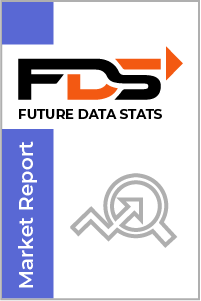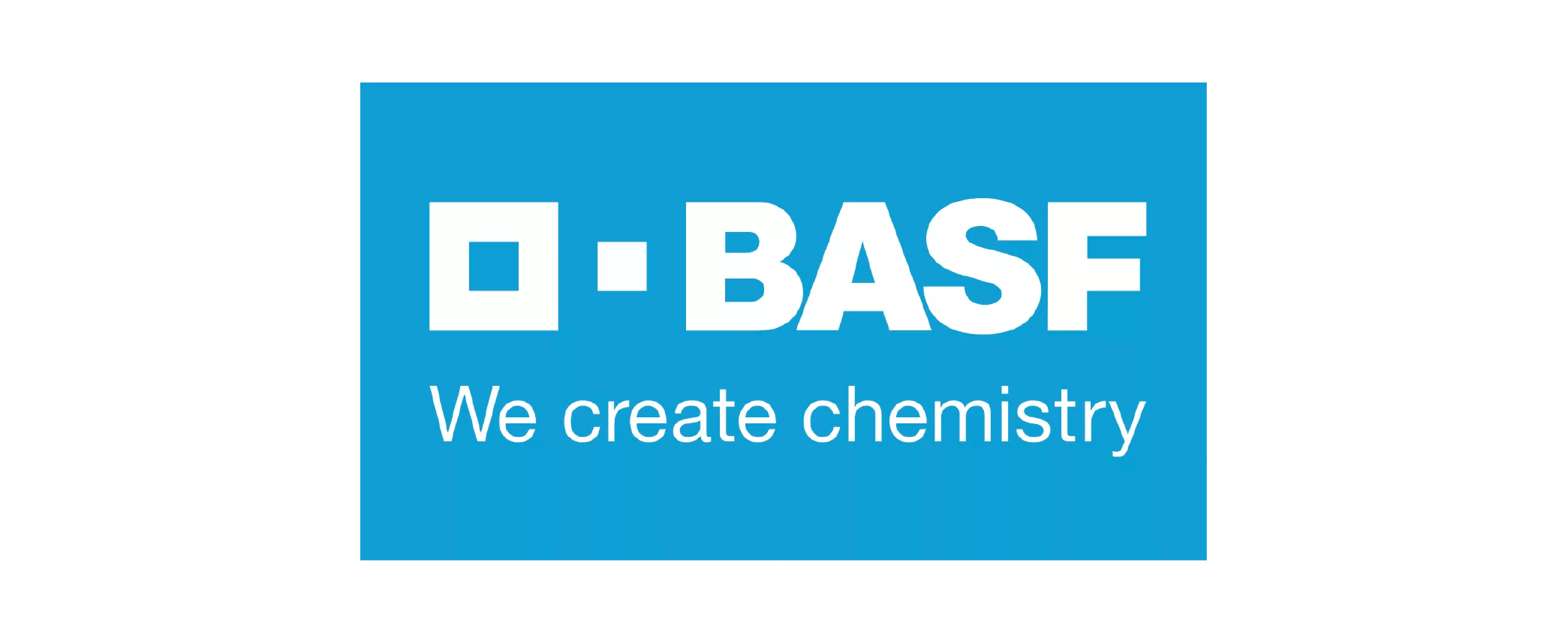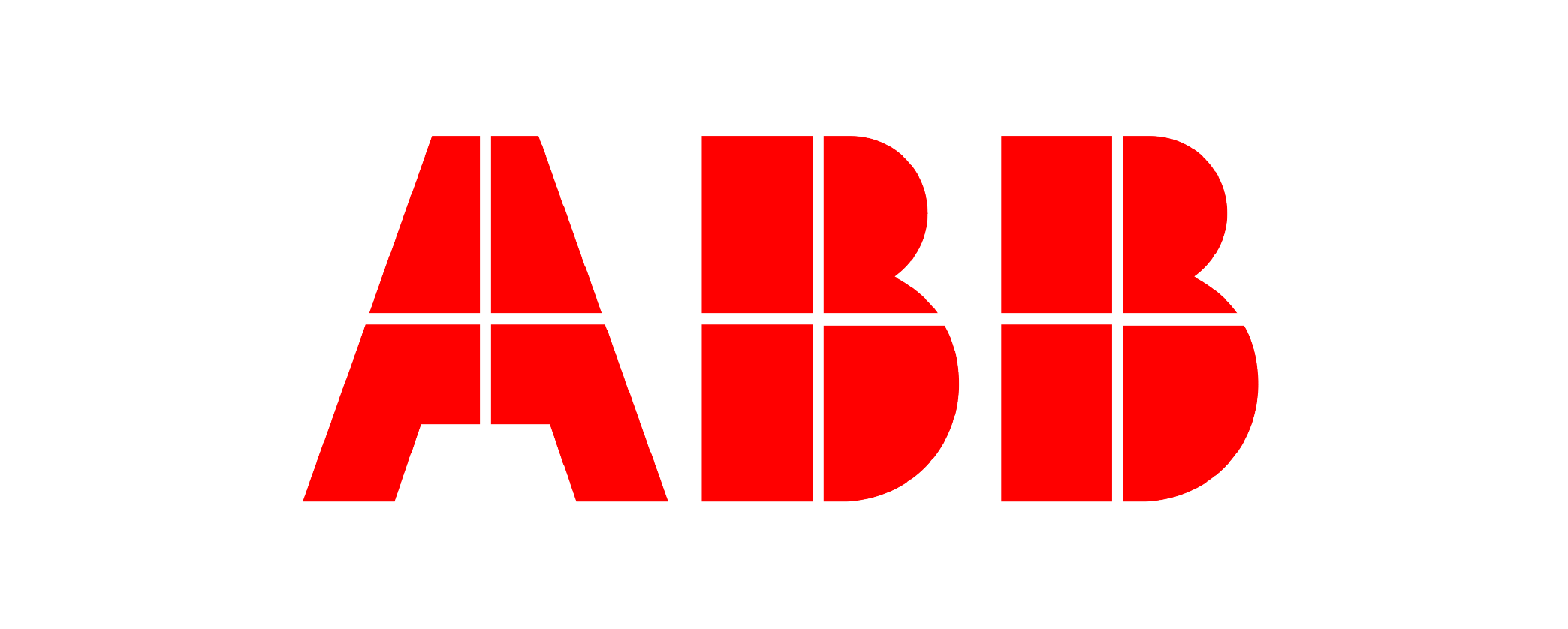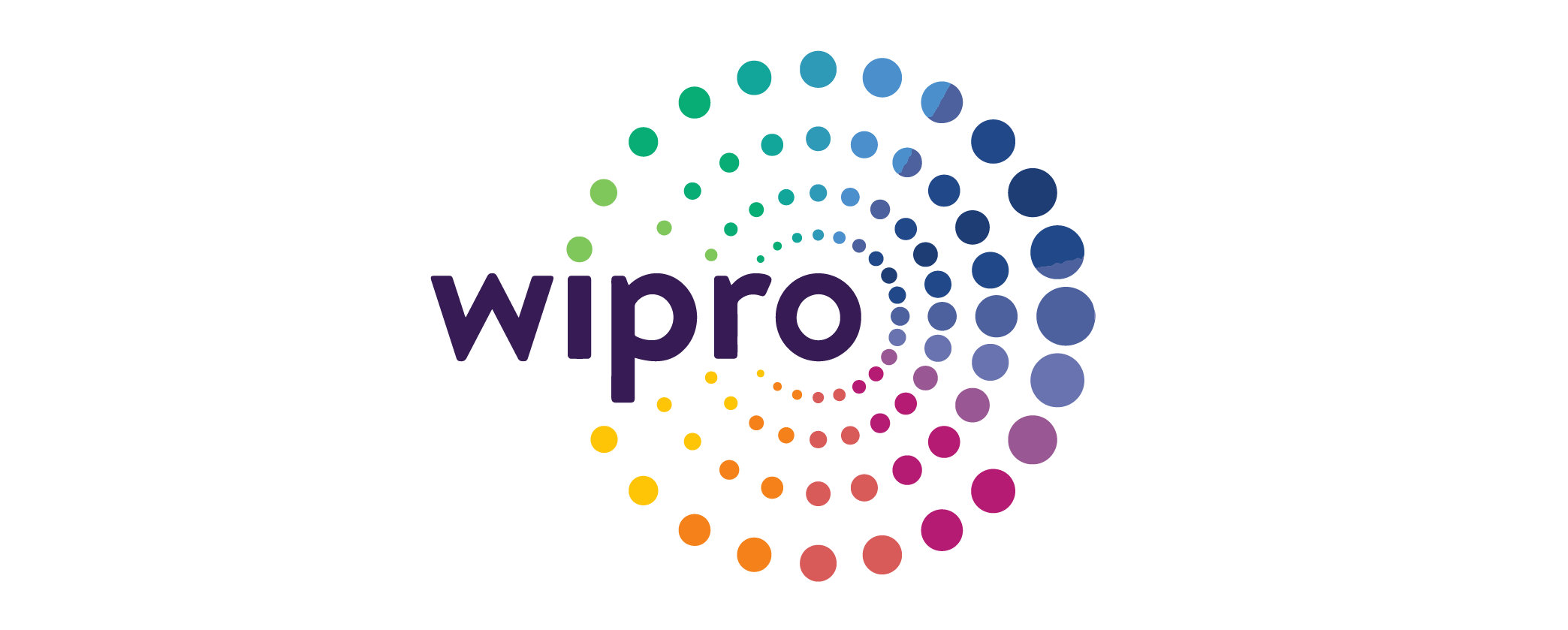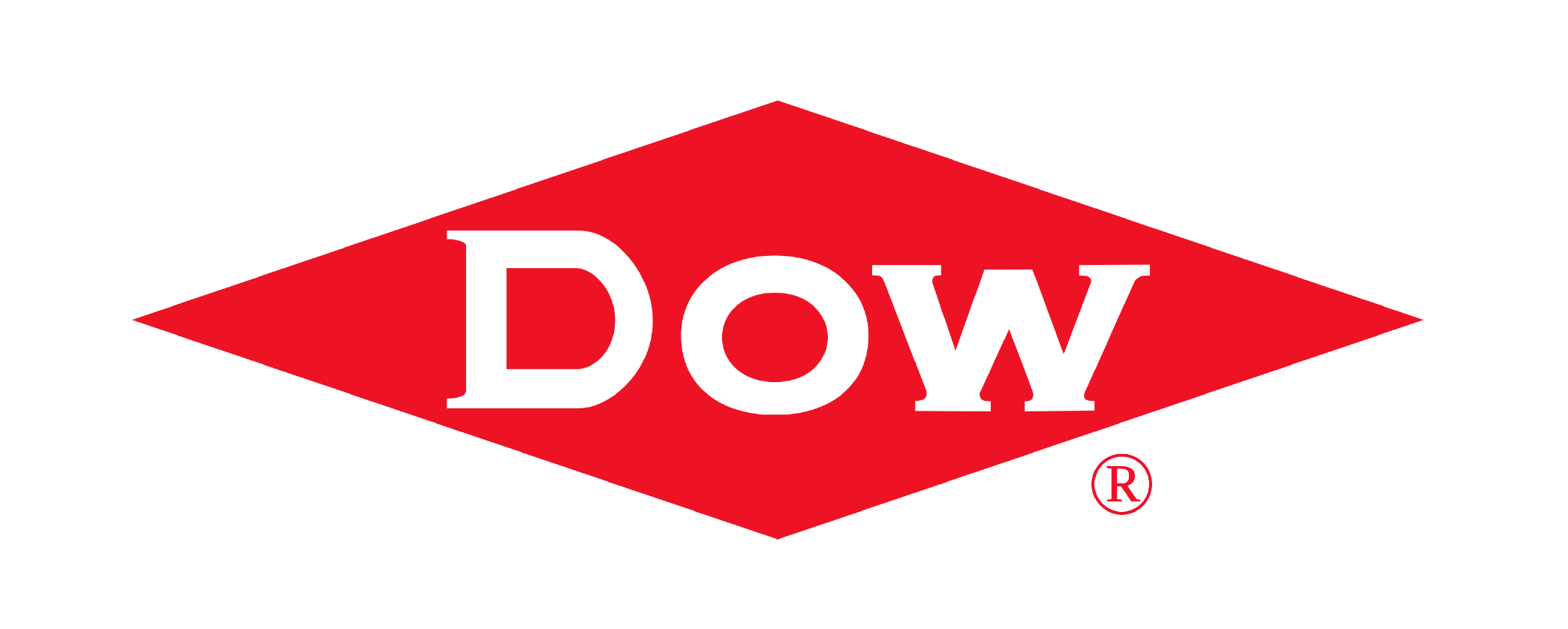The global Industrial Microbiology Market size was valued at USD 22 Billion in 2024 and is projected to expand at a compound annual growth rate (CAGR) of 9% during the forecast period, reaching a value of USD 45 Billion by 2032.
The "Industrial Microbiology Market Research Report" by Future Data Stats presents a comprehensive analysis of the market landscape, drawing on historical data from 2021 to 2023 to uncover significant trends and growth trajectories. Establishing 2024 as the baseline year, the report delves into consumer behavior, competitive dynamics, and regulatory contexts that shape the industry. It goes beyond mere observation, offering a meticulously researched forecast that spans from 2025 to 2033. Utilizing advanced data analysis techniques, the report not only charts the market's growth path but also highlights emerging opportunities and anticipates potential challenges, equipping stakeholders with crucial insights to navigate the evolving market environment effectively.
MARKET OVERVIEW:
Industrial microbiology applies microbial science to various industries, including pharmaceuticals, food production, and biotechnology. It involves using microorganisms for manufacturing, quality control, and contamination prevention. Businesses rely on industrial microbiology to enhance product safety, optimize production, and ensure regulatory compliance. This field supports innovation in bioprocessing, fermentation, and microbial testing. Companies use industrial microbiology to develop antibiotics, enzymes, and biofuels, improving efficiency and sustainability. Its role in detecting harmful microbes and maintaining quality standards makes it essential for industrial operations worldwide.
MARKET DYNAMICS:
Companies are adopting advanced microbiology techniques to improve product safety and quality across industries. Automation and AI-driven microbial detection systems are gaining traction, reducing testing time and enhancing accuracy. The pharmaceutical and food sectors are investing in rapid microbiology methods to meet stringent regulatory standards. Growing concerns over contamination and product recalls are pushing industries to integrate real-time monitoring solutions. Upcoming trends indicate a strong shift toward sustainable and eco-friendly microbial testing solutions. Researchers are developing innovative biotechnological applications to enhance microbial efficiency in industrial processes. Expansion in biotechnology and pharmaceuticals is driving demand for high-throughput screening and next-generation sequencing techniques. As industries prioritize efficiency and precision, the market is expected to see increased collaboration between microbiology research firms and manufacturing companies.
Businesses in sectors such as pharmaceuticals, food and beverage, and environmental management actively seek microbial solutions to enhance product quality and efficiency. Advances in biotechnology and genetic engineering allow for the development of more effective microbial strains, driving innovation and expanding applications. As sustainability becomes a priority, companies are turning to microbial processes to reduce waste and minimize environmental impact, further fueling market growth. However, the industrial microbiology market faces challenges such as regulatory hurdles and varying standards across regions. These barriers can complicate the approval processes for new microbial products and technologies. Despite these obstacles, opportunities abound for companies willing to invest in research and collaboration. By engaging with regulatory agencies and focusing on transparent practices, businesses can navigate these challenges effectively.
INDUSTRIAL MICROBIOLOGY MARKET SEGMENTATION ANALYSIS
BY TYPE:
Bacterial industrial microbiology plays a crucial role in biotechnology, pharmaceuticals, and food production. Industries use bacteria for fermentation, enzyme production, and bioremediation. Their ability to synthesize antibiotics, probiotics, and bio-based materials makes them essential for industrial applications. Fungal industrial microbiology supports enzyme production, organic acid synthesis, and food processing. Fungi contribute to antibiotic development, fermentation processes, and biodegradation. Their use in producing sustainable bio-products enhances efficiency in various industries.
Viral industrial microbiology focuses on vaccine development, gene therapy, and biopharmaceutical advancements. Viruses serve as vectors in genetic engineering and medical research. Their role in diagnostics and biotechnology continues to expand, shaping innovations in healthcare and pharmaceuticals.
BY PRODUCT:
Companies are investing in advanced equipment & systems to enhance microbial testing efficiency. Automated systems and AI-driven analyzers are gaining popularity for their accuracy and speed. Industries such as pharmaceuticals and food processing rely on these technologies to meet stringent quality standards. The demand for consumables & reagents continues to grow as frequent testing requires a steady supply of high-quality materials. Laboratories and manufacturing units prefer ready-to-use reagents to streamline processes and ensure consistency. Increasing regulatory requirements further drive the need for reliable consumables.
Media & kits play a crucial role in microbial identification and culture growth. Researchers and industrial microbiologists seek specialized kits for rapid and precise testing. The expansion of biotechnology and pharmaceutical sectors fuels innovation in microbial media formulations, improving detection capabilities.
BY APPLICATION:
The pharmaceutical and biotechnology industry relies on industrial microbiology for drug development, vaccine production, and quality control. Microorganisms help manufacture antibiotics, biosimilars, and therapeutic proteins, ensuring product safety and efficiency. The food and beverage industry uses industrial microbiology to enhance fermentation, food preservation, and contamination detection. It supports the production of probiotics, dairy products, and beverages while maintaining strict hygiene standards.
Agriculture, environmental, and cosmetic industries benefit from microbial applications in soil health, waste treatment, and product formulation. Industrial microbiology aids in developing biofertilizers, bioremediation solutions, and skincare formulations, promoting sustainability and innovation.
BY TECHNIQUE:
Industries continue to use traditional microbiological techniques for reliable microbial detection and quality control. These methods, including culture-based testing and microscopy, remain essential in pharmaceutical and food industries. Despite longer processing times, companies value their accuracy and regulatory acceptance. The demand for rapid microbiological methods is increasing as industries seek faster and more efficient testing solutions. Automation, biosensors, and molecular diagnostics reduce detection time while maintaining precision. Companies invest in these advanced techniques to meet strict safety and compliance standards.
Both techniques play a vital role in industrial microbiology, with businesses balancing tradition and innovation. While rapid methods enhance efficiency, traditional techniques remain crucial for comprehensive analysis.
BY END-USER:
Industrial laboratories utilize industrial microbiology for quality control, contamination detection, and product development. They test raw materials, monitor microbial activity, and ensure compliance with industry regulations. Their role is essential in pharmaceuticals, food safety, and biotechnology. Research institutes focus on microbial innovation, studying new strains for applications in medicine, agriculture, and environmental science. They develop advanced microbial techniques, contributing to breakthroughs in bioengineering and industrial processes.
Contract research organizations (CROs) and diagnostic centers support industries with specialized testing, research, and microbial diagnostics. CROs conduct clinical trials and microbial assessments, while diagnostic centers detect pathogens, ensuring public health and safety.
REGIONAL ANALYSIS:
North America and Europe lead the industrial microbiology market due to strict regulatory frameworks and advanced research infrastructure. Pharmaceutical, food, and biotechnology industries in these regions invest heavily in microbial testing to ensure safety and compliance. Companies focus on automation and rapid microbiology methods to enhance efficiency and accuracy. Strong collaborations between research institutions and industrial players drive continuous innovation and market expansion.
Asia Pacific, Latin America, and the Middle East & Africa are experiencing significant market growth due to rising industrialization and increasing awareness of microbial safety. Expanding pharmaceutical and food processing industries in these regions fuel demand for microbiological testing solutions. Governments implement stricter quality control regulations, encouraging businesses to adopt advanced microbial detection technologies. Growing investment in research and development further supports market expansion in these emerging economies.
MERGERS & ACQUISITIONS:
- In January 2024: Novo Holdings announced its acquisition of Catalent for $16.5 billion, aiming to enhance its manufacturing capabilities and pipeline strength.
- In March 2024: Clayton, Dubilier & Rice agreed to acquire Sanofi's Opella Healthcare division, focusing on expanding its presence in the consumer healthcare market.
KEY MARKET PLAYERS:
- Merck KGaA
- Thermo Fisher Scientific
- Danaher Corporation
- Bio-Rad Laboratories
- Becton Dickinson and Company
- 3M
- Sartorius AG
- Eppendorf AG
- bioMérieux SA
- Novamed USA
- Hardy Diagnostics
- Alifax Holding Spa
- Scharlab S.L.
- Neogen Corporation
- Promega Corporation
- Qiagen N.V.
- PerkinElmer Inc.
- Bruker Corporation
Industrial Microbiology Market: Table of Contents
- Executive Summary
- Market Introduction
- Definition
- Scope
- Research Methodology
- Market Dynamics
- Drivers
- Restraints
- Opportunities
- Challenges
- Market Segmentation
- By Type
- By Application
- By Technique
- By End-User
- By Region
• North America
• Europe
• Asia-Pacific
• Latin America
• Middle East & Africa
- Competitive Landscape
- Key Market Players
- Company Profiles
- Strategic Developments
- Industry Trends & Innovations
- Regulatory Framework & Compliance
- Market Outlook & Forecast
- Conclusion & Recommendations
- Appendix
- Research Methodology
- Data Sources
- Abbreviations
Industrial Microbiology Market Segmentation
By Type:
- Bacterial Industrial Microbiology
- Fungal Industrial Microbiology
- Viral Industrial Microbiology
By Product:
- Equipment & Systems
- Consumables & Reagents
- Media & Kits
By Application:
- Pharmaceutical & Biotechnology Industry
- Food & Beverage Industry
- Agriculture Industry
- Environmental Industry
- Cosmetic Industry
By Technique:
- Traditional Microbiological Techniques
- Rapid Microbiological Methods
By End-User:
- Industrial Laboratories
- Research Institutes
- Contract Research Organizations (CROs)
- Diagnostic Centers
By Geography:
- North America (USA, Canada, Mexico)
- Europe (UK, Germany, France, Italy, Spain, Rest of Europe)
- Asia-Pacific (China, Japan, South Korea, India, Rest of Asia-Pacific)
- South America (Brazil, Rest of South America)
- Middle East and Africa (GCC Countries, South Africa, Rest of MEA)
Key Reasons to Buy this Report
· Comprehensive Insights: This market research report provides in-depth and comprehensive insights into the industry, market trends, and key dynamics. The thorough data collection, analysis, and interpretation processes offer valuable information and a clear understanding of the market landscape.
· Future Predictions: The report includes detailed future data statistics, forecasts, and predictions based on rigorous analysis and modeling techniques. These insights can aid in making informed decisions and developing strategies that align with the projected market scenarios.
· Industry Analysis: The report offers a comprehensive industry analysis, including factors such as market size, market share, competitive landscape, and key players. This overview of the industry's current status, growth potential, and competitive dynamics can help identify lucrative opportunities.
· Market Trends and Opportunities: By purchasing this report, you gain access to up-to-date information on the latest market trends and emerging opportunities. This knowledge can help you identify potential growth areas and adapt your business strategies accordingly.
· Risk Mitigation: The report provides insights into potential risks, challenges, and barriers to entry in the market, enabling you to develop risk mitigation strategies and anticipate market fluctuations.
· Investment Decision Support: The reliable and data-driven information in this report can aid investors, venture capitalists, and financial institutions in their investment decision-making processes, helping evaluate market potential and expected returns.
· Product Development and Innovation: The insights into consumer preferences, needs, and demands can be leveraged for product development and innovation, leading to enhanced customer satisfaction and market success.
· Strategic Planning: The comprehensive market overview, competitive positioning, and growth potential information in this report can serve as a foundation for strategic planning, goal setting, and resource allocation.
· Market Entry and Expansion: For businesses looking to enter new markets or expand their operations, this report provides valuable insights into market dynamics, consumer behavior, regulatory frameworks, and competitive landscapes, supporting informed decision-making.
· Evidence-Based Decision Making: The data-driven analysis and insights in this report can enable you to make informed decisions, reducing the risk of costly mistakes and increasing the likelihood of achieving your business objectives.
RESEARCH METHODOLOGY
With a collective industry experience of about 70 years of analysts and experts, Future Data Stats encompasses the most infallible research methodology for its market intelligence and industry analysis. Not only does the company dig deep into the innermost levels of the market, but also examines the minutest details for its market estimates and forecasts.
This approach helps build a greater market-specific view of size, shape, and industry trends within each industry segment. Various industry trends and real-time developments are factored into identifying key growth factors and the future course of the market. The research proceeds are the results of high-quality data, expert views & analysis, and valuable independent opinions. The research process is designed to deliver a balanced view of the global markets and allows stakeholders to make informed decisions, to attain their highest growth objectives.
Future Data Stats offers its clients exhaustive research and analysis, based on a wide variety of factual inputs, which largely include interviews with industry participants, reliable statistics, and regional intelligence. The in-house industry experts play an instrumental role in designing analytic tools and models, tailored to the requirements of a particular industry segment. These analytical tools and models distill the data & statistics and enhance the accuracy of our recommendations and advice.
With Future Data Stats calibrated research process and 360° data-evaluation methodology, the clients receive:
· Consistent, valuable, robust, and actionable data & analysis that can easily be referenced for strategic business planning
· Technologically sophisticated and reliable insights through a well-audited and veracious research methodology
· Sovereign research proceeds that present a tangible depiction of the marketplace
· With this strong methodology, Future Data Stats ensures that its research and analysis is most reliable and guarantees sound business planning.
The research methodology of the global market involves extensive primary and secondary research. Primary research includes about 24 hours of interviews and discussions with a wide range of stakeholders that include upstream and downstream participants. Primary research typically is a bulk of our research efforts, coherently supported by extensive secondary research. Over 3000 product literature, industry releases, annual reports, and other such documents of key industry participants have been reviewed to obtain a better market understanding and gain enhanced competitive intelligence. In addition, authentic industry journals, trade associations' releases, and government websites have also been reviewed to generate high-value industry insights.
Primary Research:
· Identify key opinion leaders
· Questionnaire design
· In-depth Interviews
· Coverage across the value chain
Desk Research:
· Company Website
· Company Annual Reports
· Paid Databases
· Financial Reports
Company Analysis:
· Market Participants
· Key Strengths
· Product Portfolio
· Mapping as per Value Chain
· Key focus segment
Primary research efforts include reaching out to participants through emails, telephonic conversations, referrals, and professional corporate relations with various companies that make way for greater flexibility in reaching out to industry participants and commentators for interviews and discussions.
The aforementioned helps to:
· Validate and improve data quality and strengthen the research proceeds
· Develop a market understanding and expertise
· Supply authentic information about the market size, share, growth, and forecasts
The primary research interview and discussion panels comprise experienced industry personnel, including Chief executives and VPs of leading corporations specific to an industry, Product and sales managers or country heads, Channel partners & top-level distributors, and Banking, investments, and valuation experts.
Secondary Research:
A broad array of industry sources for the secondary research typically includes, but is not limited to:
· Company SEC filings, annual reports, company websites, broker & financial reports, and investor presentations for a competitive scenario and shape of the industry
· Patent and regulatory databases to understand technical & legal developments
· Scientific and technical writings for product information and related preemptions
· Regional government and statistical databases for macro analysis
· Authentic news articles, web-casts, and other related releases to evaluate the market
· Internal and external proprietary databases, key market indicators, and relevant press releases for market estimates and forecasts
Analyst Tools and Models:
Bottom-up Approach:
· Arriving at Global Market Size
· Arriving at Regional/Country Market Size
· Market Share of Key Players
Top-down Approach:
· Key Market Players
· Market Share of Key Players
· Arriving at Regional/Country Market Size
· Arriving at Global Market Size
Industrial Microbiology Market Dynamic Factors
Drivers:
- Rising demand for microbial quality control in pharmaceuticals and food industries.
- Growth in biopharmaceutical production and biotechnology advancements.
- Increasing use of industrial microbiology in environmental applications.
- Stringent regulatory standards for microbial testing and contamination control.
Restraints:
- High costs of advanced microbiology equipment and testing.
- Limited availability of skilled professionals in microbial research.
- Regulatory complexities in approval processes for microbiological applications.
- Risk of microbial contamination impacting production efficiency.
Opportunities:
- Expansion of microbiology applications in sustainable agriculture.
- Advancements in rapid microbial detection technologies.
- Growing demand for probiotics and fermented food products.
- Increased investment in microbial-based environmental solutions.
Challenges:
- Ensuring compliance with evolving global regulatory frameworks.
- Managing risks associated with antimicrobial resistance.
- Maintaining consistent microbial testing accuracy across industries.
- Overcoming barriers to adoption in developing markets
Industrial Microbiology Market Key Trends Analysis
North America:
- Increased adoption of automated and AI-driven microbial testing.
- Stricter regulatory requirements boosting demand for rapid microbiology methods.
- Rising investments in pharmaceutical and biotechnology research.
Europe:
- Expansion of microbiology labs for food and beverage safety.
- Growing demand for sustainable and eco-friendly microbial solutions.
- Advancements in genetic sequencing for microbial identification.
Asia Pacific:
- Rapid industrialization driving demand for microbial contamination control.
- Increased government focus on food and pharmaceutical safety regulations.
- Growing investment in biotech startups developing innovative microbiology solutions.
Latin America:
- Expanding pharmaceutical sector adopting advanced microbial testing methods.
- Rising awareness of quality control in food and beverage industries.
- Growth of local microbiology research institutions supporting market development.
Middle East & Africa:
- Increased investment in healthcare and pharmaceutical microbiology labs.
- Stricter import regulations driving demand for reliable microbial testing.
- Expansion of food safety initiatives improving microbial contamination monitoring.
Frequently Asked Questions
